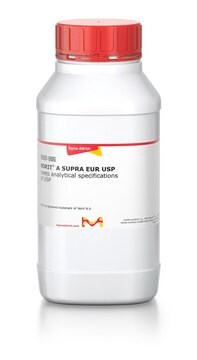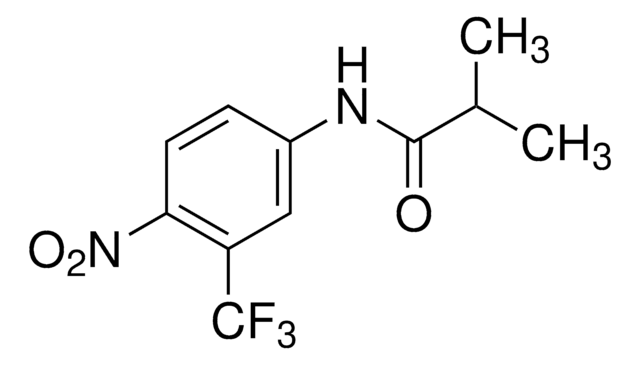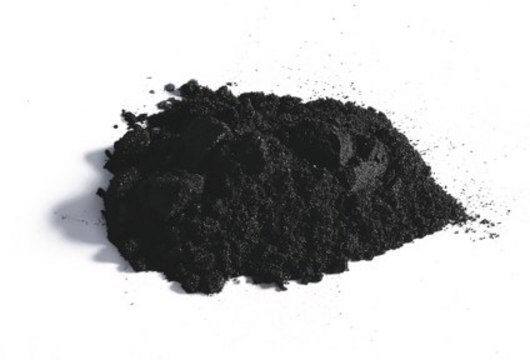97876
Activated Charcoal Norit®
Norit® CA1, wood, chemically activated, powder
Synonym(s):
Charcoal activated Norit®
About This Item
Recommended Products
biological source
wood
Quality Level
form
powder
quality
chemically activated
manufacturer/tradename
Norit® CA1
greener alternative product characteristics
Design for Energy Efficiency
Learn more about the Principles of Green Chemistry.
sustainability
Greener Alternative Product
technique(s)
ion chromatography: suitable
ign. residue
≤4.0%
loss
≤16% loss on drying
greener alternative category
SMILES string
[C]
InChI
1S/C
InChI key
OKTJSMMVPCPJKN-UHFFFAOYSA-N
Looking for similar products? Visit Product Comparison Guide
Related Categories
General description
Application
- Separating gas mixtures, such as; hydrogen-hydrocarbons,
- Gas drying;
- Selective gas adsorption
- Gas storage
Legal Information
Choose from one of the most recent versions:
Certificates of Analysis (COA)
Don't see the Right Version?
If you require a particular version, you can look up a specific certificate by the Lot or Batch number.
Already Own This Product?
Find documentation for the products that you have recently purchased in the Document Library.
Customers Also Viewed
Our team of scientists has experience in all areas of research including Life Science, Material Science, Chemical Synthesis, Chromatography, Analytical and many others.
Contact Technical Service



